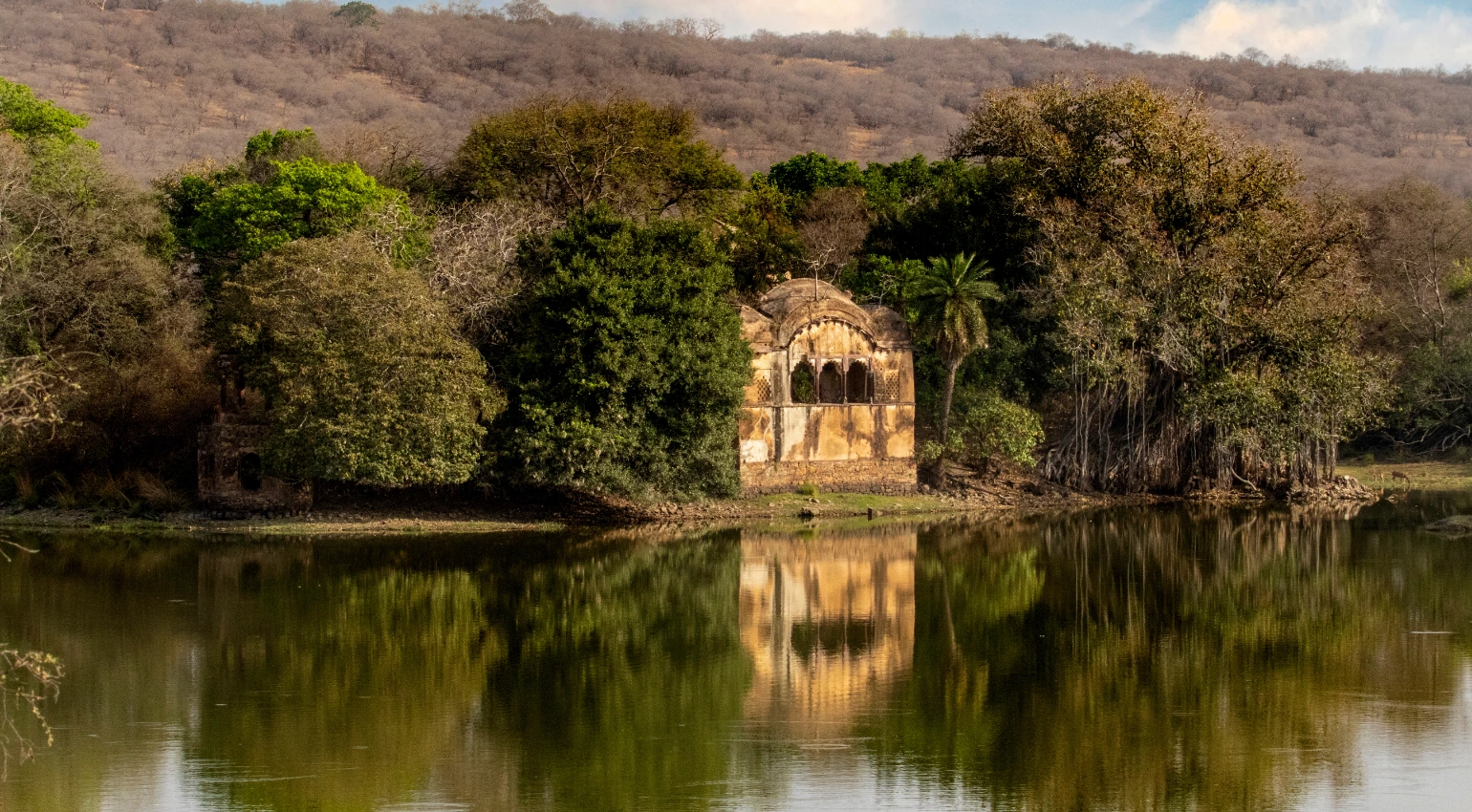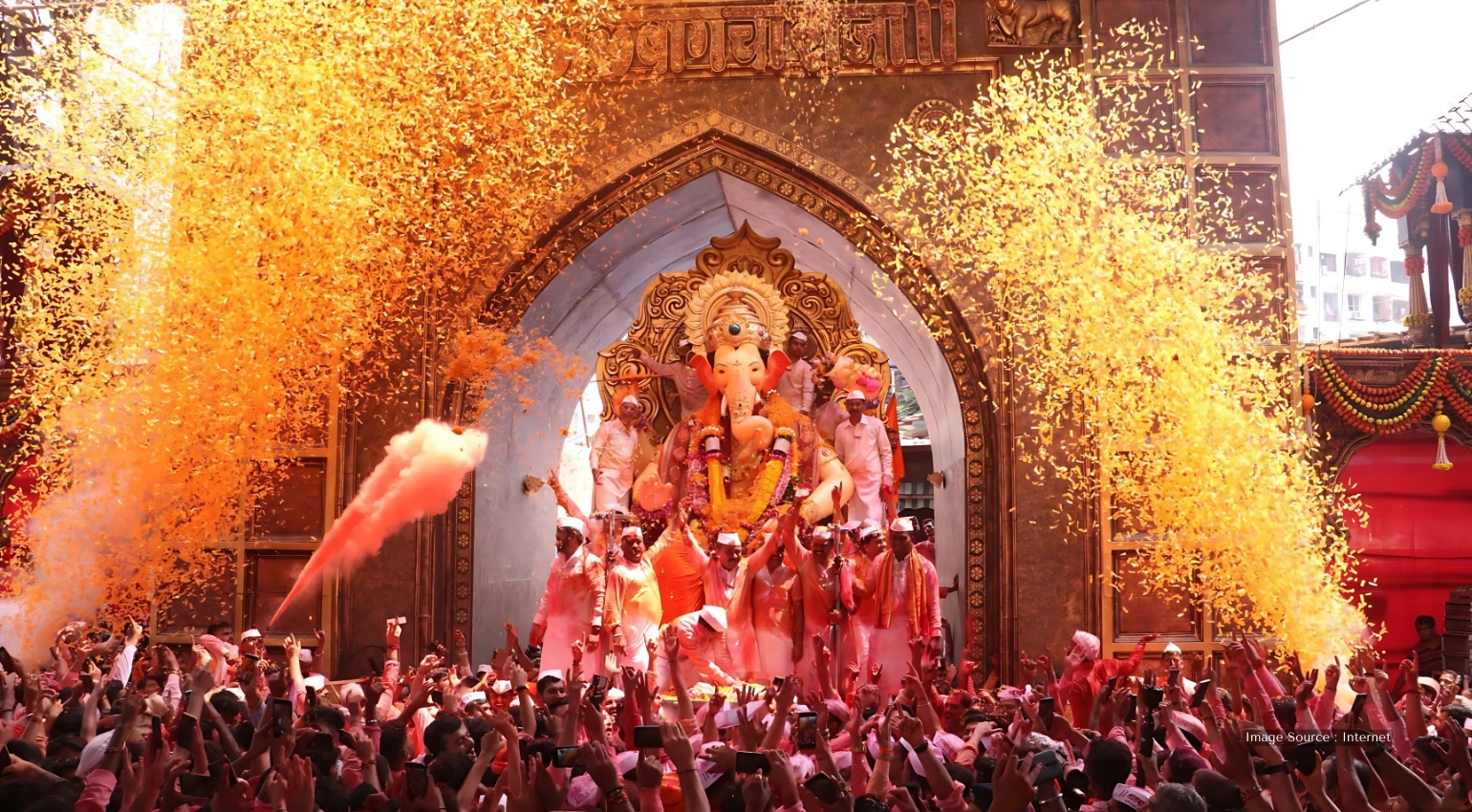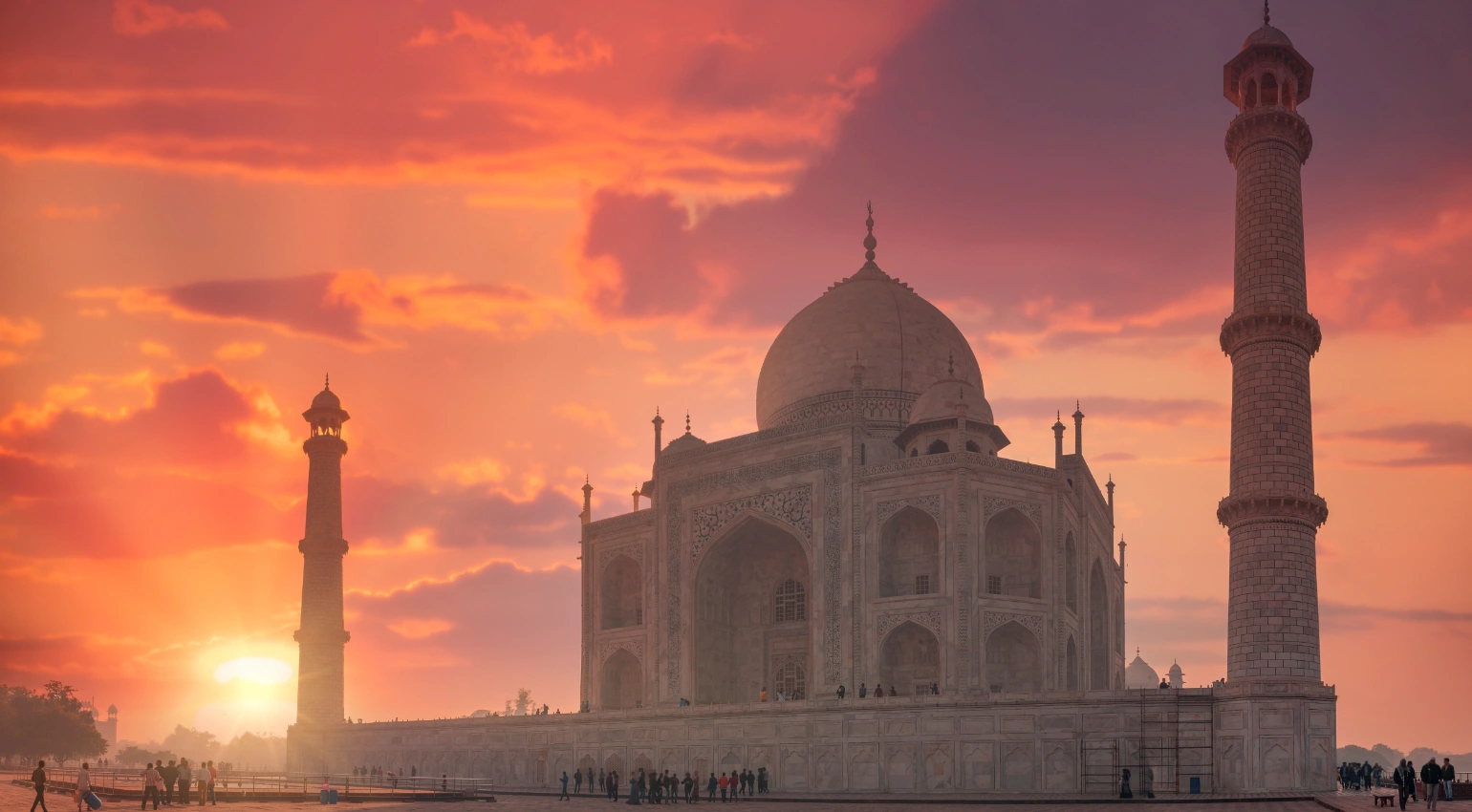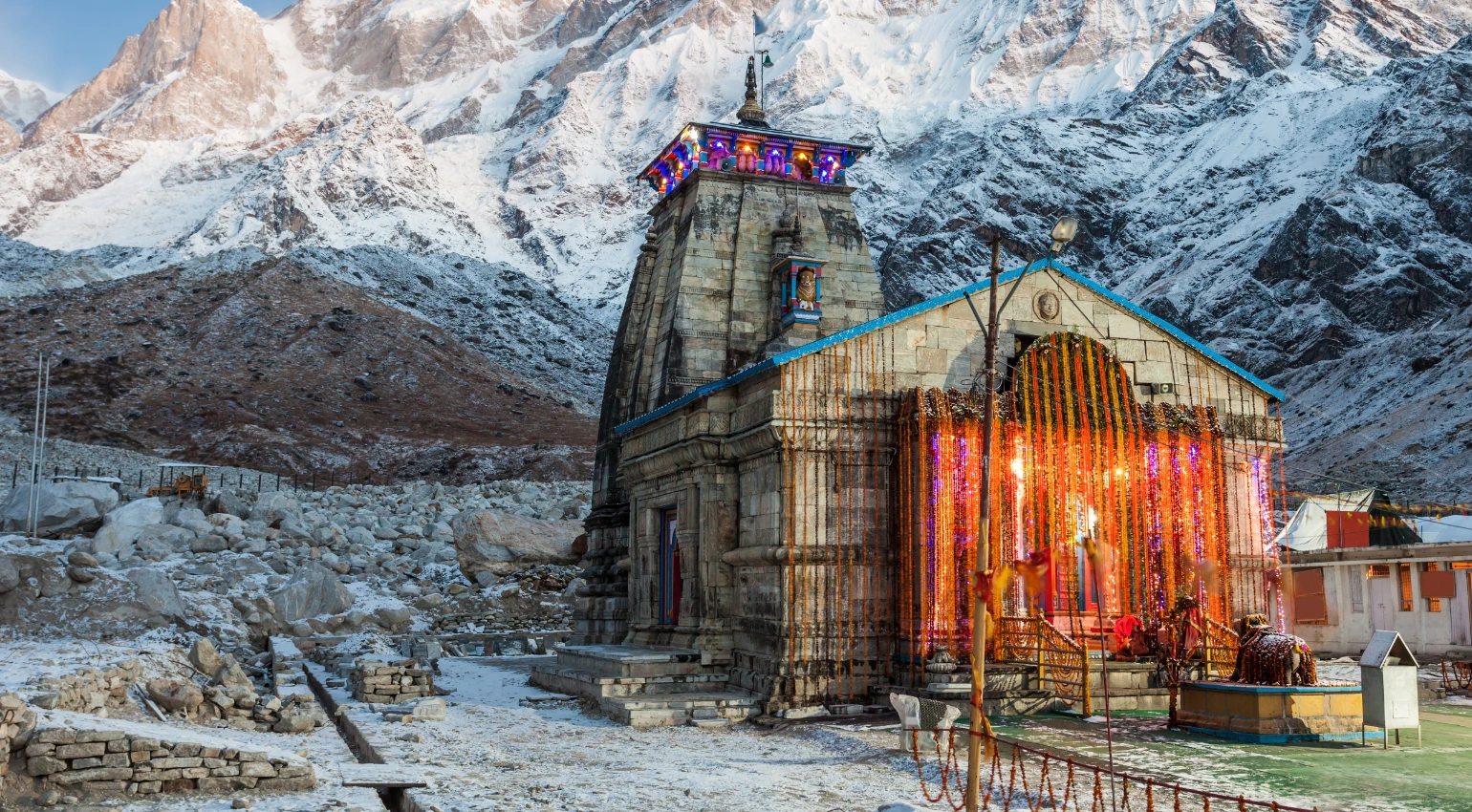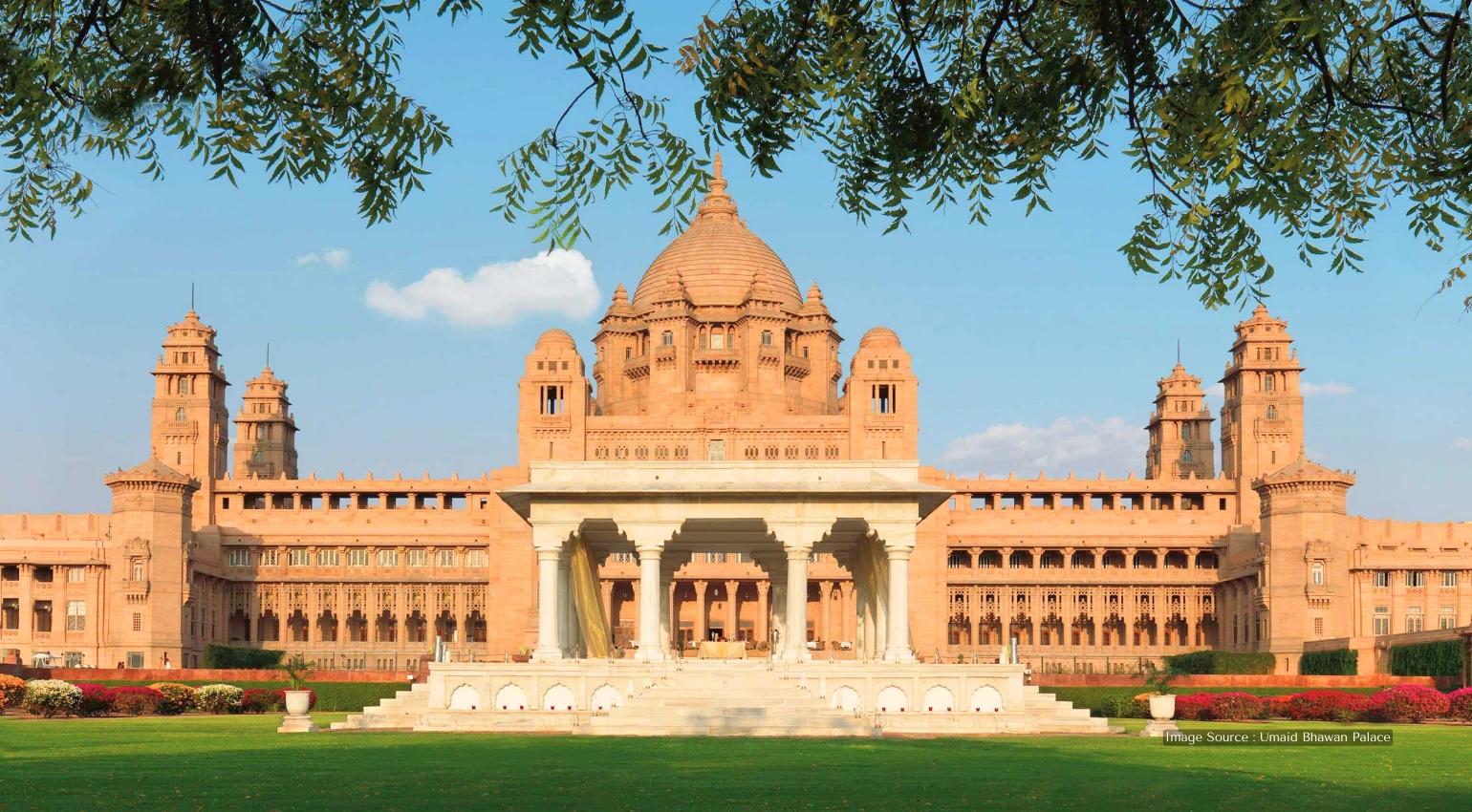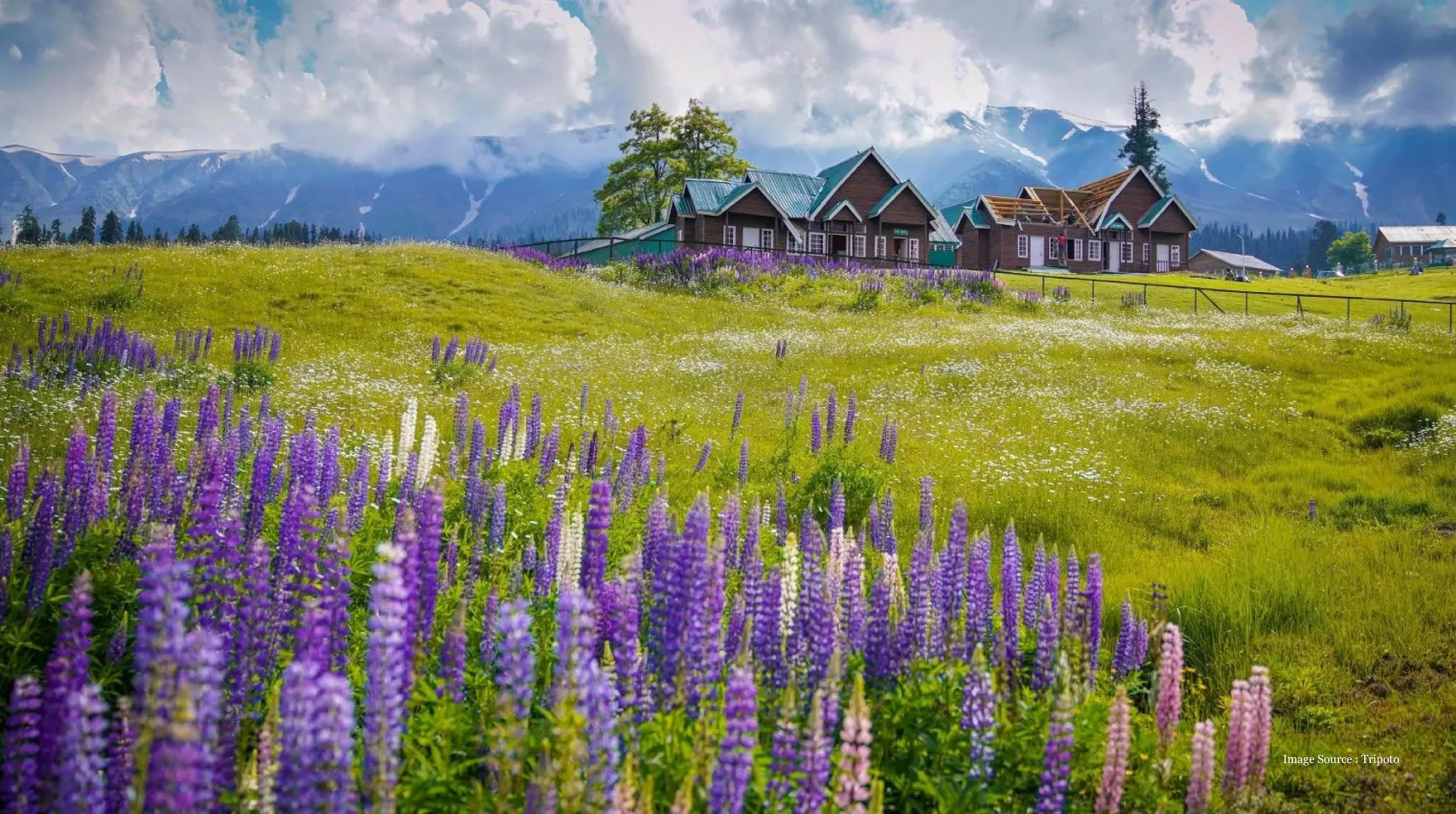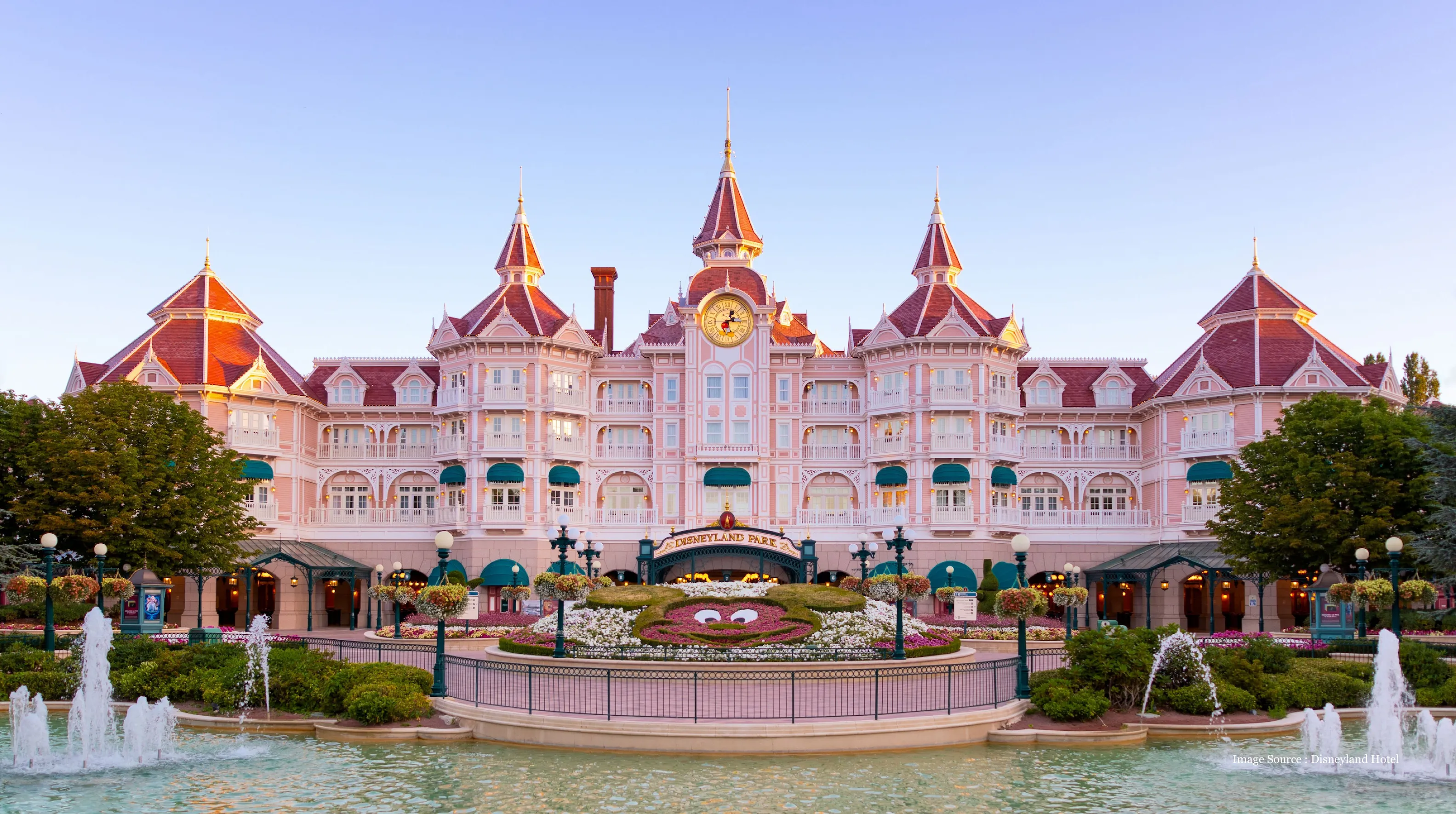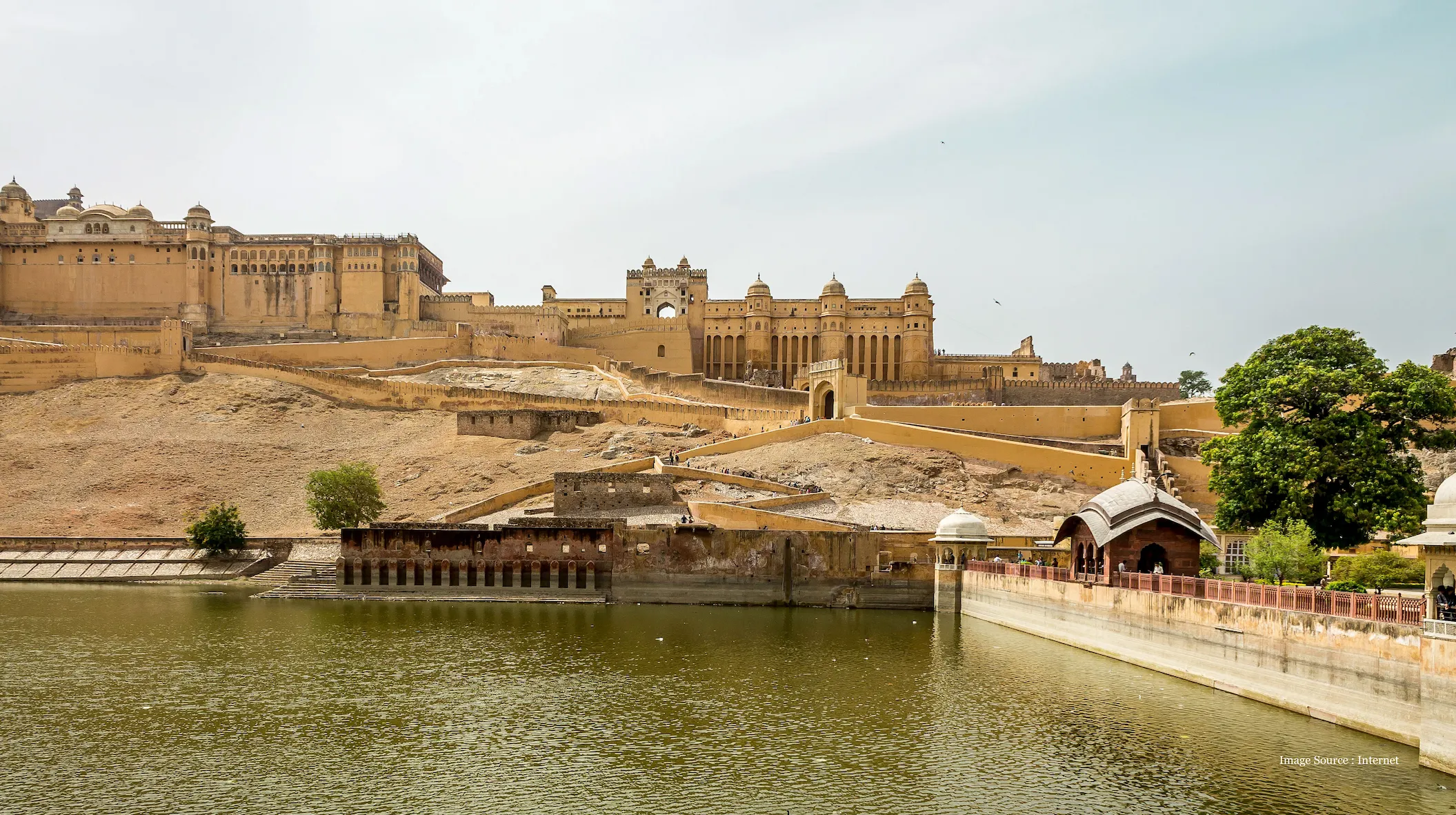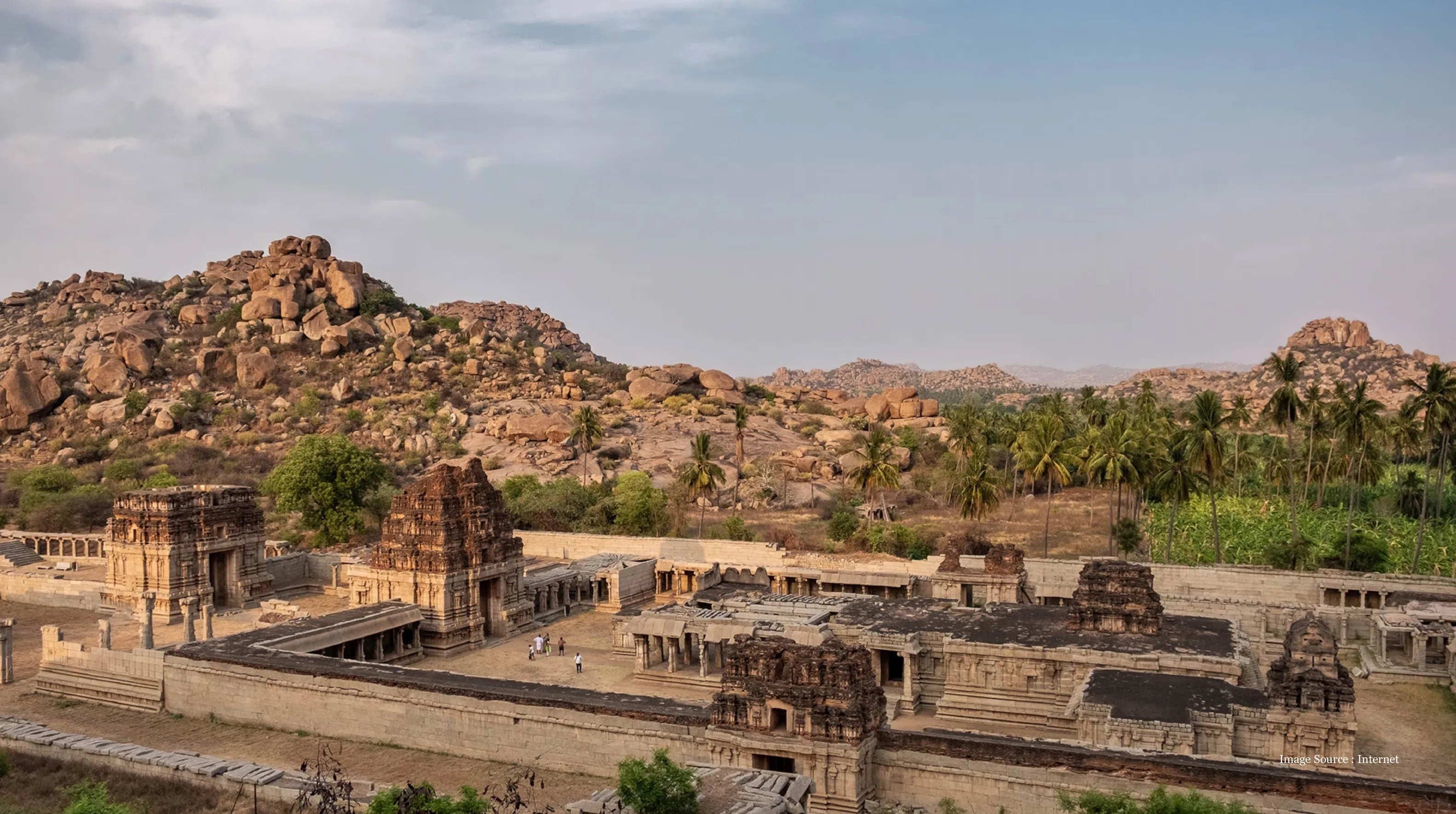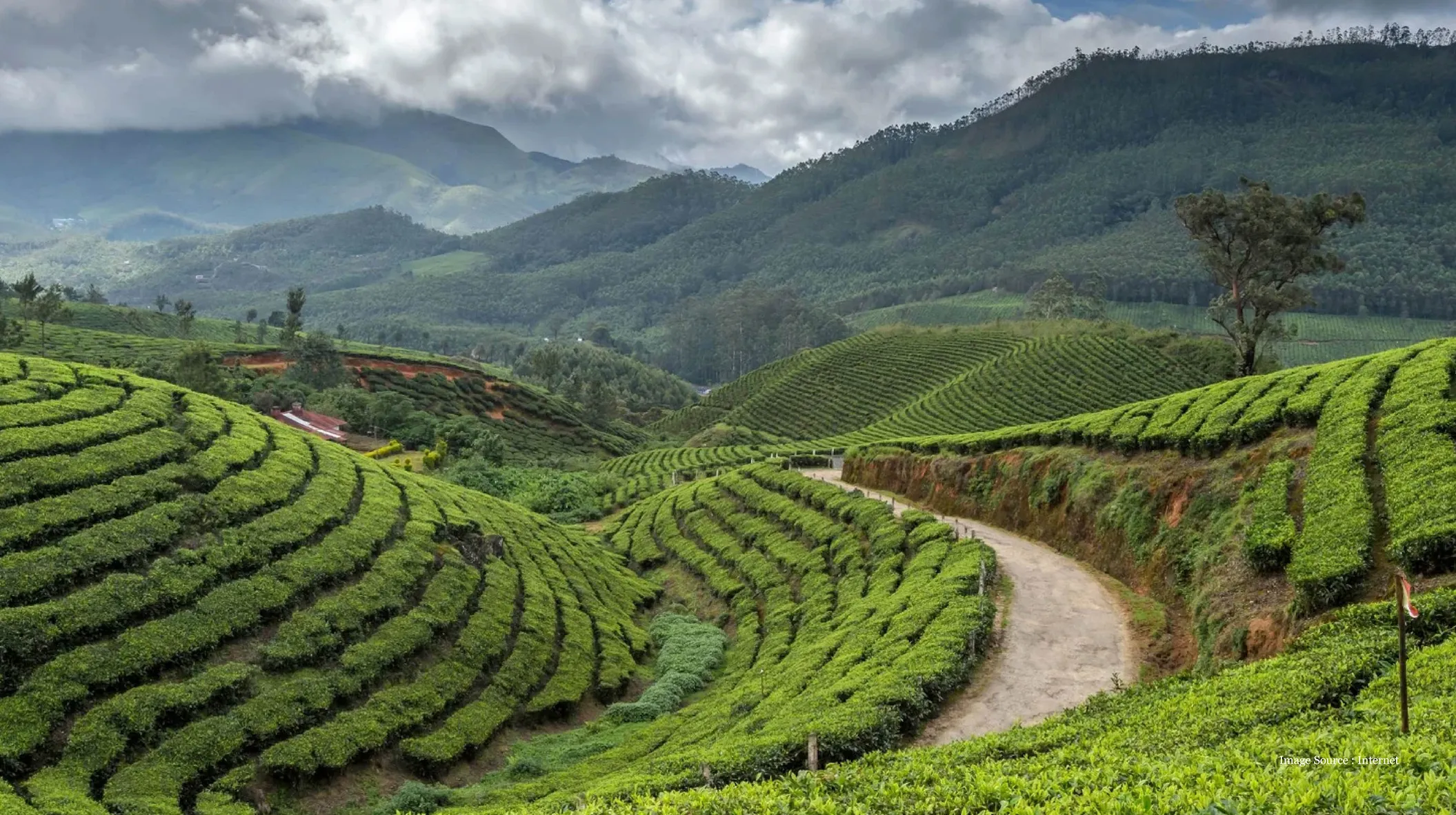- Why Is Delhi Called a Living Museum of Indian History?
- What Secrets Lie Within the Red Fort's Rampant Walls?
- How Is Qutub Minar Still Standing After 800 Years?
- How Did Humayun's Tomb Inspire the Taj Mahal?
- How Can You Explore All of the UNESCO Heritage Sites in Delhi in One Day?
- FAQs
- Morning (9 AM - 12 PM): Red Fort
- Midday (1 PM - 4 PM): Humayun's Tomb
- Late Afternoon (4:30 PM - 6:30 PM): Qutub Minar
Last Updated : Oct 27, 2025 | Author : Tanya Parsad | View Count : 1507 | Read Time : 6 min
Discovering UNESCO Heritage sites in Delhi: A Journey Through India's Living History
Delhi isn't just India's capital, it's a treasure trove of heritage sites that tell stories spanning centuries. And when people ask me about India's most historically rich destinations, it always tops my list. Three of its monuments have earned UNESCO World Heritage status, and honestly, each one deserves every bit of that recognition. Today, I want to take you on a journey through these incredible sites that make Delhi one of the world's most fascinating cities to explore.
What are the three UNESCO Heritage Sites in Delhi and why are they significant?
Delhi's three UNESCO sites are the Red Fort, Qutub Minar, and Humayun's Tomb, each representing different eras of Indian history. The Red Fort showcases Mughal imperial power with its massive walls and ornate palaces. Qutub Minar, standing since the 12th century, demonstrates early Indo-Islamic architecture and incredible engineering. Humayun's Tomb pioneered the garden tomb concept that inspired the Taj Mahal.
Table of Content
- Why Is Delhi Called a Living Museum of Indian History?
- What Secrets Lie Within the Red Fort's Rampant Walls?
- How Is Qutub Minar Still Standing After 800 Years?
- How Did Humayun's Tomb Inspire the Taj Mahal?
- How Can You Explore All of Delhi's Historical Sites in One Day?
- FAQ
Why Is Delhi Called a Living Museum of Indian History?
Walking through Delhi feels like flipping through pages of a history book, except you're actually standing where it all happened. The city has been continuously inhabited for over a thousand years, which is pretty remarkable when you think about it traveled to many historical cities around the world, but Delhi's unique. It's not just about old buildings preserved behind glass, people still live, work, and worship in and around these ancient structures. The contrast is striking. You'll see street vendors selling fresh fruit just outside monuments where sultans once held court.
Delhi has witnessed the rise and fall of multiple dynasties. The Delhi Sultanate, the Mughal Empire, colonial rule, each left their mark. What makes these UNESCO heritage sites in Delhi so special is how they represent different eras of Indian civilization, all within a few miles of each other.
The Yamuna River has been Delhi's lifeline for centuries, and many of these monuments were strategically built along its banks. Smart urban planning isn't a modern concept, apparently. These rulers knew a thing or two about location, location, location.
What Secrets Lie Within the Red Fort's Rampant Walls?
The Red Fort, or Lal Qila as locals call it, might be Delhi's most famous landmark after India Gate. But here's what most visitors don't realize– this isn't just a fort! It was an entire city within a city, complete with palaces, gardens, and even a private mosque for the emperor.
Emperor Shah Jahan (yes, the one who built the Taj Mahal) commissioned this masterpiece in 1638. Walking through the Lahori Gate feels like stepping into a different world. The massive walls stretch for over two kilometers, and they've seen more drama than any soap opera could dream up.
I remember exploring the Diwan-i-Khas, the Hall of Private Audiences, where the famous Peacock Throne once sat. The intricate marble work still takes my breath away. There's an inscription here in Persian that translates to "If there is paradise on earth, it is here, it is here, it is here." Pretty confident statement, but after spending time here, I get it.
The fort complex includes several palaces, each with its own purpose. The Rang Mahal was the emperor's private quarters, painted in brilliant colors that have faded over time but still hint at their former glory. The Mumtaz Mahal now houses a museum with artifacts from the Mughal period.
What struck me most was how the Red Fort represents the pinnacle of Mughal architecture. The blend of Persian, Islamic, and Indian styles created something entirely unique. Every arch, every dome, every intricate carving tells a story of artistic achievement that spanned generations.
For those planning to visit with a luxury Indian travel agency, having a private expert guide here makes all the difference. They'll point out details you'd never notice on your own, like the hidden passages and the significance of different architectural elements.
How Is Qutub Minar Still Standing After 800 Years?
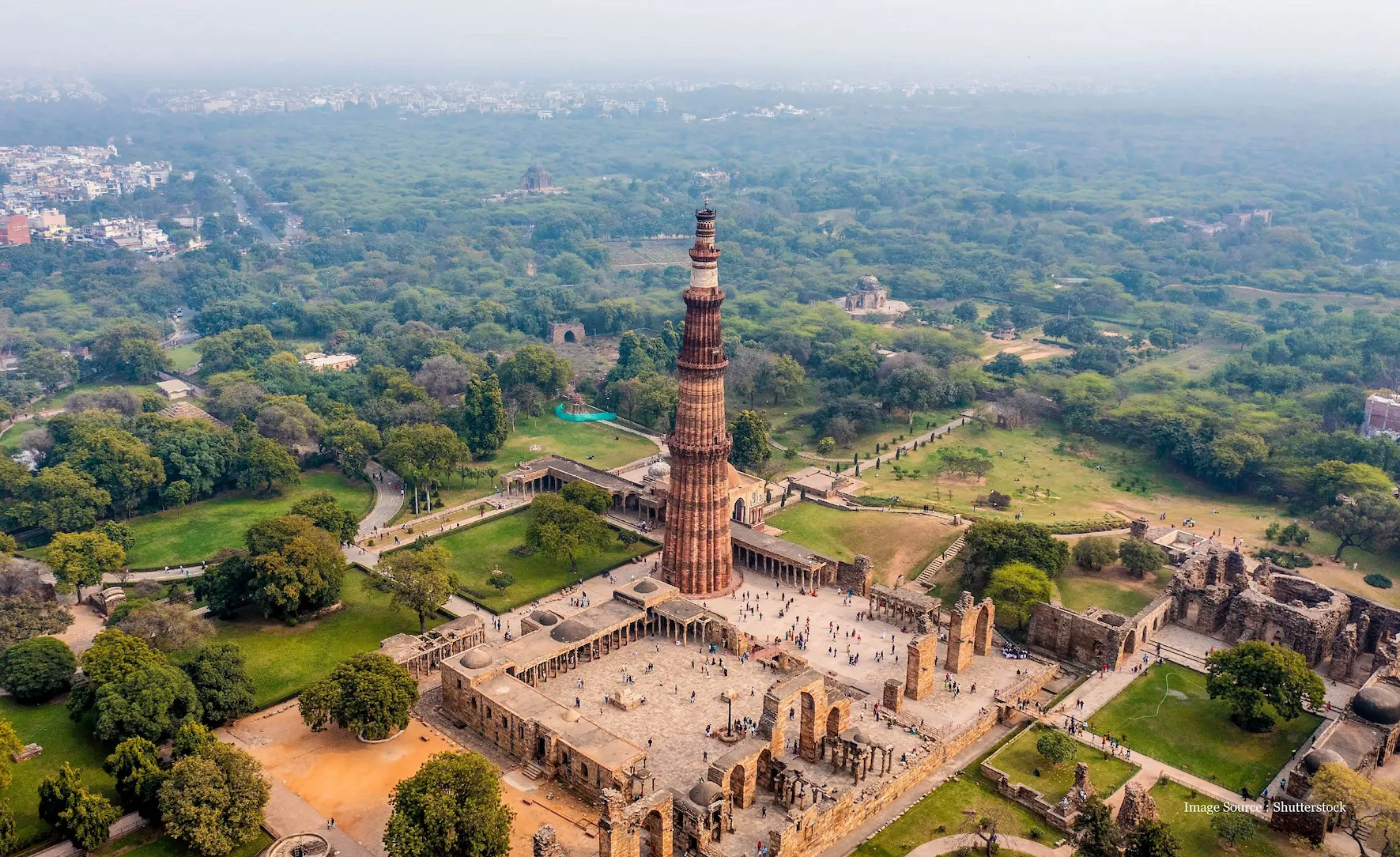
The Qutub Minar complex honestly blew my mind. This 240-foot tower has been standing since the 12th century, which means it's survived earthquakes, invasions, and eight centuries of weather. That's some serious engineering.
Qutub-ud-din Aibak started construction in 1192, making it one of the earliest examples of Indo-Islamic architecture in India. The tower gets narrower as it rises, which isn't just aesthetically pleasing, it's structurally genius. Each story has a different pattern of fluting, and the calligraphy carved into the red sandstone is absolutely stunning.
But the tower is just one part of a larger complex that includes some fascinating ruins. The Iron Pillar here is another mystery that engineers still debate. It's been standing for over 1,600 years without rusting. I touched it (before I knew you weren't supposed to) and was amazed by how smooth it felt.
The Quwwat-ul-Islam Mosque, India's first mosque, sits at the base of the minar. What's interesting is how it incorporates elements from Hindu and Jain temples that were demolished to build it. You can actually see the repurposed pillars and carvings throughout the structure. It's a tangible reminder of how architectural styles merged and evolved.
I spent hours wandering through the complex, and each corner revealed something new. The Alai Darwaza gateway is considered one of the finest examples of Indo-Islamic architecture. The way light filters through its geometric screens creates these incredible shadow patterns on the ground.
TL;DR: The Qutub Minar is a 240-foot tower that has stood tall since the 12th century, representing one of India's earliest examples of Indo-Islamic architecture.
How Did Humayun's Tomb Inspire the Taj Mahal?
The symmetry here is perfect. The main tomb sits in the center of a four-part garden (called a charbagh), with water channels creating geometric patterns. When you stand at the main gateway and look toward the tomb, the composition is so balanced it almost looks like a painting.I found it fascinating how this tomb wasn't just for Emperor Humayun. Over 150 members of the Mughal family are buried in various chambers throughout the complex. It's like a royal necropolis, but much more elegant than that sounds.
The red sandstone combined with white marble inlay work shows the evolution of Mughal design sensibilities. You can trace a direct line from the architectural elements here to the Taj Mahal built nearly a century later. The double dome, the use of geometric patterns, the integration with garden design—it's all here in early form.
One thing that really impressed me was the recent restoration work. UNESCO and the Aga Khan Trust worked together to bring the gardens back to their original glory. The fountains work again, and the entire complex feels alive in a way it probably hasn't for centuries.
When visiting with a private professional chauffeur-driven car, you can easily combine this with the other UNESCO heritage sites in Delhi for a comprehensive historical tour.
How Can You Explore All of the UNESCO Heritage Sites in Delhi in One Day?
Honestly, you could spend weeks exploring Delhi's historical sites properly, but I understand not everyone has that luxury. If you're pressed for time, it's absolutely possible to see the three main UNESCO sites in one well-planned day.
Here's how I'd go about it:
Morning (9 AM - 12 PM): Red Fort
Start early to beat the crowds and heat. The complex is huge, so give yourself at least three hours. The museum inside provides great context for what you're seeing.
Midday (1 PM - 4 PM): Humayun's Tomb
Perfect for the afternoon when the light is softer. The gardens provide some shade, and it's generally less crowded than the Red Fort.
Late Afternoon (4:30 PM - 6:30 PM): Qutub Minar
End with sunset at Qutub Minar. The golden hour light on the red sandstone is absolutely magical for photography. A bespoke tailored itinerary through a luxury travel agency can optimize your route and timing. They'll factor in traffic patterns, provide historical context, and ensure you don't miss the important details that make each site special.
I'd strongly recommend having a private chauffeur-driven vehicle for your transport. Delhi traffic can be unpredictable, and having a reliable driver who knows the routes makes the experience much smoother. Plus, you can rest between sites instead of dealing with navigation stress.
For those interested in going deeper, consider adding the nearby Safdarjung Tomb or Lodhi Gardens to extend your historical journey. While not UNESCO sites, they provide great context for Delhi's layered history.
The 24/7 white-glove concierge service that comes with premium travel arrangements can handle ticket bookings, restaurant reservations, and any unexpected changes to your schedule. When you're trying to pack this much history into one day, having that support makes all the difference.
TL;DR: You can cover all UNESCO sites in Delhi with smart planning, starting at Red Fort in the morning, to Humayun's Tomb in the afternoon, and ending at Qutub Minar during golden hour. Having arranged transportation and expert guides makes the experience seamless.
FAQs
1. How much time should I allocate for visiting all UNESCO heritage sites in Delhi?
I'd recommend a full day if you want to properly appreciate each site. Plan for 3 hours at Red Fort, 2 hours at Humayun's Tomb, and 2 hours at Qutub Minar, plus travel time between locations.
2. What's the best time of year to visit these historical sites?
October through March offers the most comfortable weather. I personally love visiting in February when the gardens at Humayun's Tomb are in full bloom and the temperature is perfect for walking around.
3. Are photography restrictions strict at these UNESCO sites?
Basic photography is allowed at all three sites, but you'll need special permits for professional equipment. Video cameras sometimes require additional fees. Check current policies when you arrive.
4. Can I hire guides at each site individually?
Yes, government-certified guides are available at all three locations. However, I've found that arranging a single expert guide for the entire day provides better continuity and deeper insights.
5. Is it safe to carry valuables while exploring these sites?
Generally yes, but I always recommend keeping expensive items secure. The sites have security, but crowds can get thick, especially at Red Fort. A money belt or secure bag is your best bet.
plan your bespoke india journey today
tell us what inspires you - and we will handcraft an experience that mirrors your elegance, pace & personality.
START PLANNINGBlogs Categories
It is a Sanskrit verse taken from an ancient Bharat (Indian) scripture
which means ‘The Guest is like God’.
In Bharat (India), guests are always welcomed with open arms and given
You Will Like These Too...
It is a Sanskrit verse taken from an ancient Bharat (Indian) scripture
which means ‘The Guest is like God’.
In Bharat (India), guests are always welcomed with open arms and given
TRAVELOSEI PROMISE
What To Expect?
The Real India,
Re-Imagined For You
India is not just a destination - it's a world with-in the world. TRAVELOSEI go far beyond guide-books to offer you an India that is authentic yet exclusive, spiritual yet sophisticated delivered through private doors, rare access, and impeccable attention to details.
Trusted By Global Elites
From World Class Leaders to Forbes Listed Families and international Royalties to visionary CEOS.
Our clientele chooses us for one reason - We Know India. Over two decades of providing experiences which aren't just luxurious - they are intimate, curated & wildly rare.
Bespoke Travel Experience
For those who seek truth in detail, art in hospitality, and identity in experience. Our Luxury Travel Architect work discreetly and personally with you to craft travel experiences that go beyond 5 Stars, where every detail whispers luxury - and legacy.
White-Glove Concierge
24 X 7 Dedicated Concierge Support even in the wildest corners of India. At TRAVELOSEI, our concierge team ensures that everything-from airport- tarmac pick-ups, last minute reservations and private spiritual sessions - is handled before you even ask.

